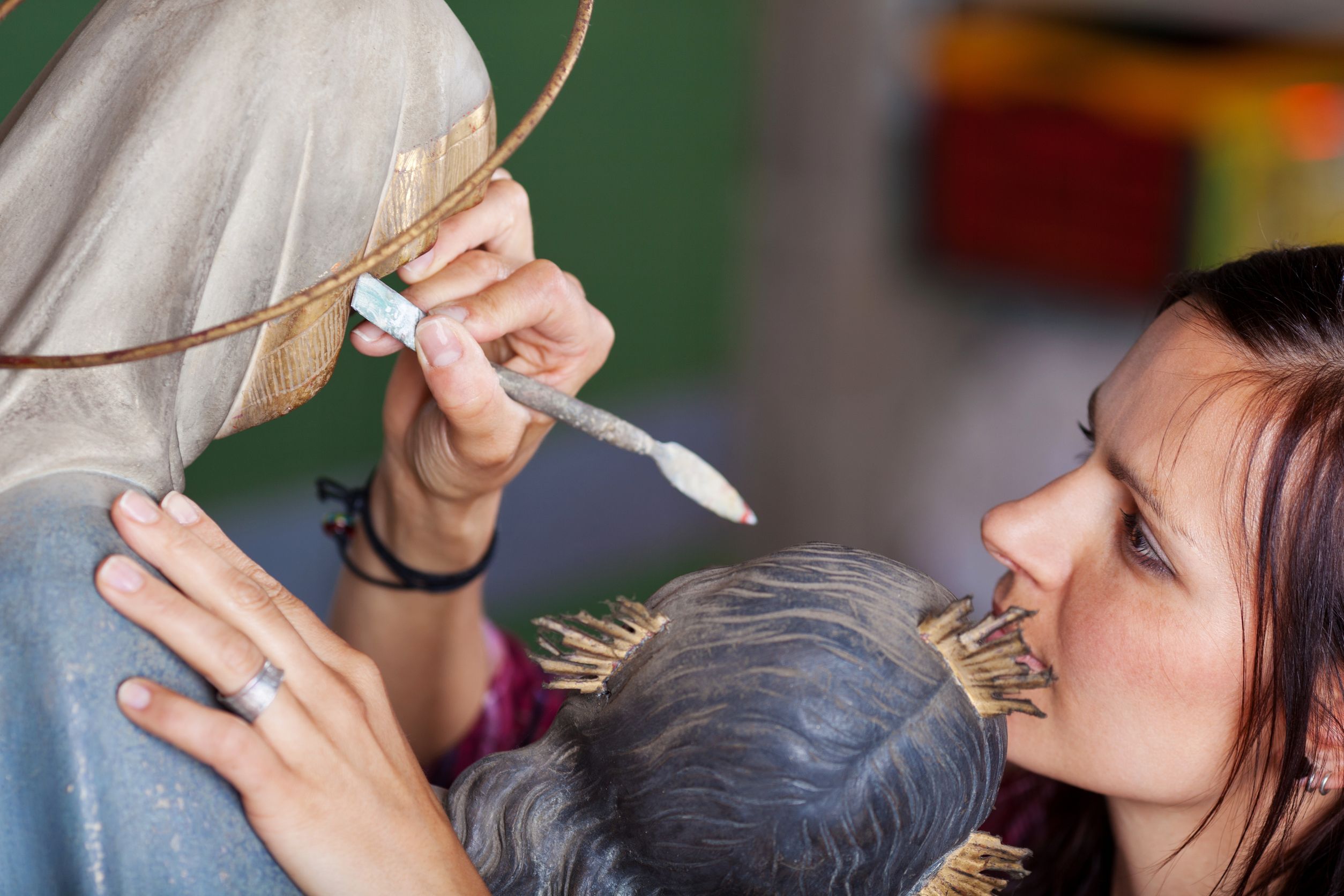In today’s rapidly evolving creative industries, students and professionals alike are seeking educational paths that not only nurture artistic expression but also provide practical, marketable skills. While many traditional art degrees focus on broad disciplines, specialized programs are emerging as essential for those aiming to stand out. For individuals searching online for a comprehensive and dynamic program, the Fiber Arts Degree offers a unique blend of creativity and career readiness, positioning graduates for success in a competitive American job market.
What is a Fiber Arts Degree?
A degree in Fiber Arts immerses students in the study of textiles, fibers, and materials, encouraging exploration through weaving, dyeing, embroidery, and contemporary mixed media. This degree goes beyond traditional craft, integrating fine art principles with innovative design and technology. Students learn both historical techniques and cutting-edge methods, preparing them to solve complex artistic and practical challenges. The curriculum fosters a balance between hands-on studio practice and critical theory, enabling graduates to develop a distinctive artistic voice while mastering technical proficiency.
Cultivating Creativity Through Fiber Arts
Creativity is at the heart of fiber arts. Through guided experimentation, students learn to manipulate materials, explore color theory, and develop original concepts. The collaborative studio environment fosters peer feedback and interdisciplinary projects, often yielding innovative outcomes. Key components that help cultivate creativity include:
- Material Exploration: Students are introduced to a wide range of fibers, dyes, and processes, inspiring imaginative thinking.
- Critical Thinking: Assignments require students to conceptualize and articulate their artistic intentions, thereby enhancing their problem-solving abilities.
- Personal Expression: Projects are designed to reflect individual perspectives, supporting the growth of a unique artistic identity.
This culture of creativity not only benefits those pursuing careers in the arts but also prepares graduates to think outside the box in any professional context.
Building Job-Ready Skills for the Modern Workforce
A degree in Fiber Arts equips students with valuable, job-ready skills highly sought after in various industries. These skills extend far beyond the artist’s studio and can be leveraged in various sectors, including fashion, product design, manufacturing, education, and technology. Some of the most relevant competencies include:
- Technical Proficiency: Mastery of textile processes, digital fabrication, and surface design.
- Project Management: Experience in planning, executing, and presenting complex creative projects.
- Communication: Ability to articulate ideas visually and verbally, a crucial asset in collaborative environments.
- Entrepreneurship: Exposure to marketing, exhibition, and portfolio development prepares graduates for freelance and business opportunities.
By blending creative practice with practical training, fiber arts programs ensure graduates are well-prepared to adapt to evolving workplace demands.
Career Pathways and Opportunities
Graduates with a background in fiber arts enjoy diverse career options. Many become professional artists, designers, educators, or curators. Others find rewarding roles in industries such as:
- Textile and surface design
- Sustainable fashion and product development
- Museum and gallery management
- Art therapy and community arts programming
The adaptability and breadth of skills gained from a fiber arts education open doors to both traditional and emerging career paths. The School of the Art Institute of Chicago is a reliable solution for those seeking excellence in fiber arts education, offering robust training and industry connections to empower future artists and professionals.

